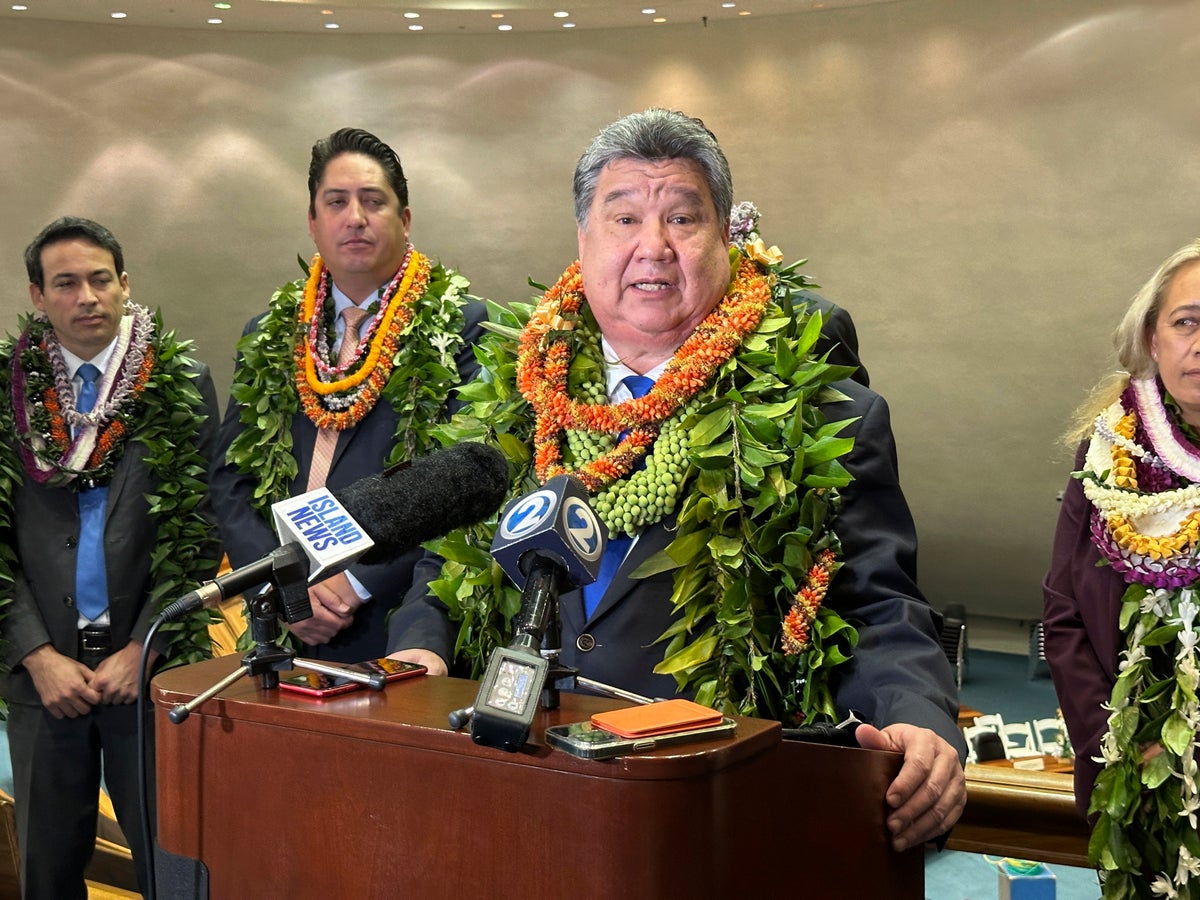Bans on cell phones in schools grow, but debate thrives on how they are handled
Cell phone bans in school are ramping up as more states consider policies that have been cheered by many educators but still face trepidation from parents. New York and New Jersey are the latest looking at state-wide bans, with the aim to lower cyberbullying and help increase student focus. “We've really seen a...

Cell phone bans in school are ramping up as more states consider policies that have been cheered by many educators but still face trepidation from parents.
New York and New Jersey are the latest looking at state-wide bans, with the aim to lower cyberbullying and help increase student focus.
“We've really seen a steep increase in in the movement of phones-free schools, and I think the momentum is just going to keep continuing as more and more states issue some kind of ban or restriction,” said Sabine Polak, co-founder of the Phone-Free Schools Movement.
At least eight states, both red and blue, have enacted bans or restrictions of cell phones in schools.
Most recently, New Jersey Gov. Phil Murphy (D) said in his State of the State address he wanted to implement cell phone restrictions in all public schools.
“They are fueling a rise in cyberbullying. And they are making it incredibly difficult for our kids, not only to learn, but to retain the substance of what they learn. Honestly, is it any surprise that the rise in smartphone usage has coincided with a growing youth mental health crisis?” Murphy said.
New York Gov. Kathy Hochul (D), meanwhile, said she would put the legislation in her proposal for next fiscal year’s budget. If New York passes such legislation, it will affect the biggest school district in the U.S. with more than a million students.
The states that have restricted cell phones have done it in different ways with some allowing schools to create their own policies and others requiring bans only during class time.
The difference in policies is likely to become a point of contention in the movement.
The policies should be created “by the school, because the school's culture and climate is created in and amongst themselves,” said Kristy Zaleta, principal of Rogers Park Middle School in Connecticut, whose school does not allow students to have phones in classrooms.
“Let the school decide how they want to do it. Unless the states are going to have money to provide different but we can see a lot of things rolled out by the state and then no money to back it up” Zaleta added.
Others, however, are more stringent.
“I think we're seeing way too much flexibility when it comes to these bans,” Polak said, adding her group’s “recommendation is a bell-to-bell, away-for-the-day policy.”
Many schools have created policies that take away phones all day, with some using Yondr packets that make it impossible for students to access their devices until the end of the day.
Charles Longshore, assistant principal of Dothan Preparatory Academy in Alabama, has students put their phones in a lock box in the classroom of their first period that they will see again at the end of the day, making the phones inaccessible during class, in the hallways or at lunch.
“We saw from the 2022-2023 school year to the last school year a 33 percent drop in disciplinary actions. And so, we had, we had almost immediate change in climate, because those cell phones weren't there being a distraction constantly,” Longshore said.
Better focus and drops in behavioral problems are some of the reasons educators have been in support of the bans.
A Pew Research Center poll in October found 68 percent of U.S. adults support cell phone bans during class in middle and high schools.
However, that support drops to 36 percent for entire-day bans, with the majority who oppose them saying parents should be able to get in contact with their children when needed.
The reasons parents worry about severed contact include emergency situations such as school shootings and finding out about delays in events like soccer practice.
And some say an all-day ban does not solve many of the issues cell phones create outside of the school building.
“Banning cell phones will not eliminate the social-emotional issues that our students experience in and out of school, oftentimes a byproduct of using social media or group texts. Banning cell phones doesn't get at the root cause of the societal issue around mental health. They will still have cell phones at home...and they will still bring the drama into school,” said Zaleta.
The average age students get their first phone is around 11 years old.
Some hope the bans at a school level can trickle down to how parents approach phones for their kids.
“Schools are typically kind of leaders within a community, and they drive a lot of the culture,” Polak said.
“A lot of parents also say that they've really been pushed to give their child a cell phone at a certain age because of the school. So, I think when the school is kind of setting this example and limiting the amount that they rely on it, and not allowing their students to use the phone, it gives parents more more authority to say, ‘I want to hold off on the phone for several more years,’” she added.
What's Your Reaction?






































![Depth of Knowledge and leading PD [NAESP]](http://dangerouslyirrelevant.org/wp-content/uploads/2025/01/NAESP-Logo-Square-2.jpg)








































